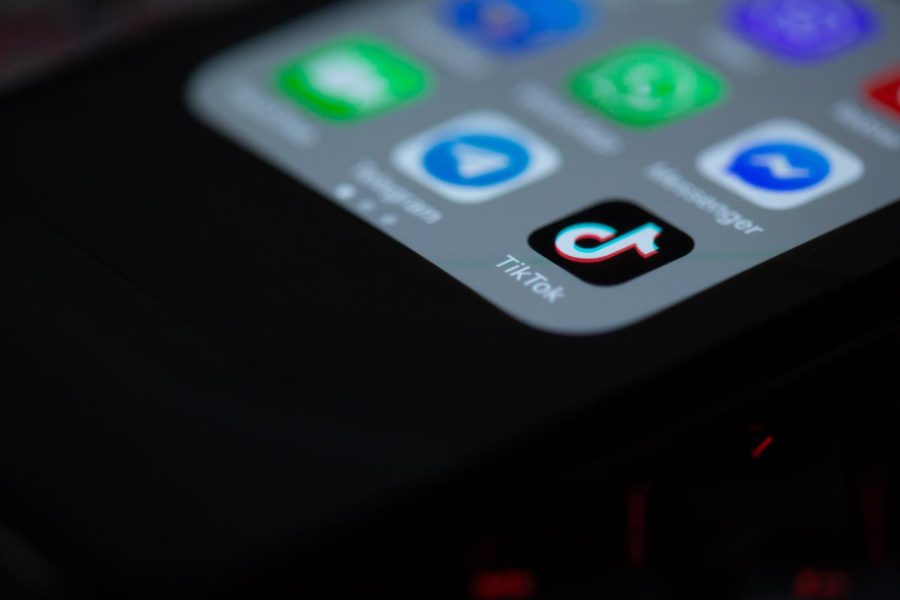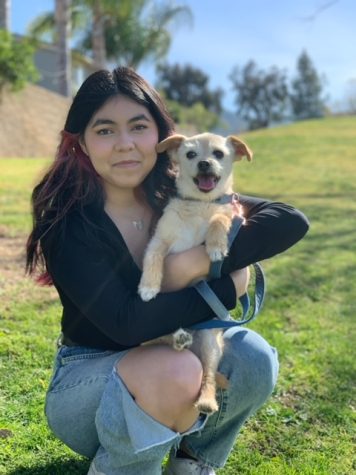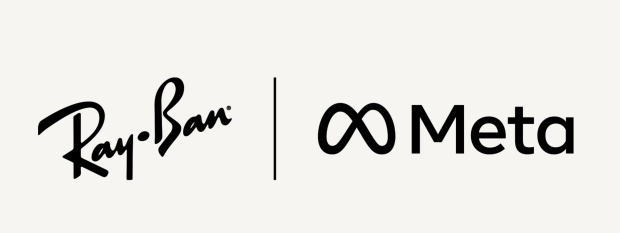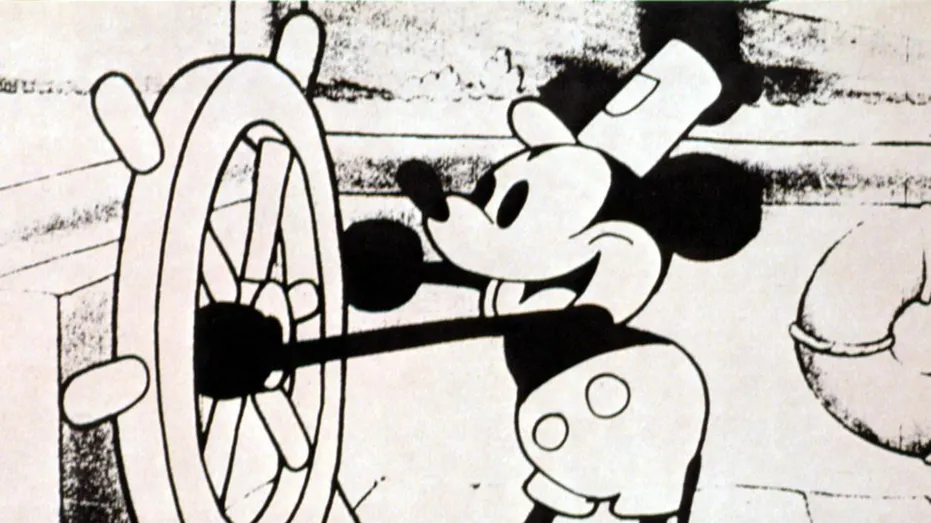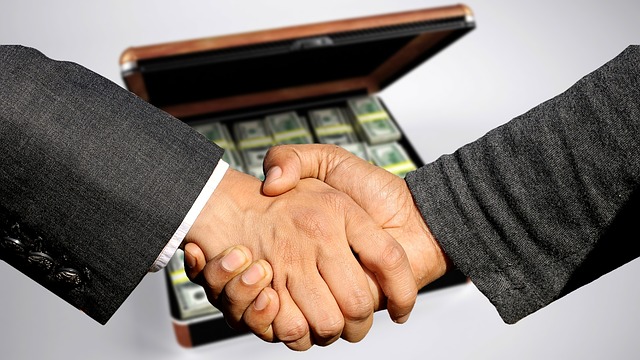Breakdown of De-Influencing
April 17, 2023
With the extreme popularity of the app, TikTok has now become the main source where influencers go to share their thoughts on products that have, in time, become popular. The range of influence someone has varies as, in current times, the credibility of the person is now dependent on their amount of social media followers. These influencers have the power to sway their followers to purchase something, and it is all based on what they say; whether the purchase was rational or not is the concern. As a teen in today’s society, having products such as the Dior Lip Oil or any “must-have” trends has become the main focus as to what is now “in”. 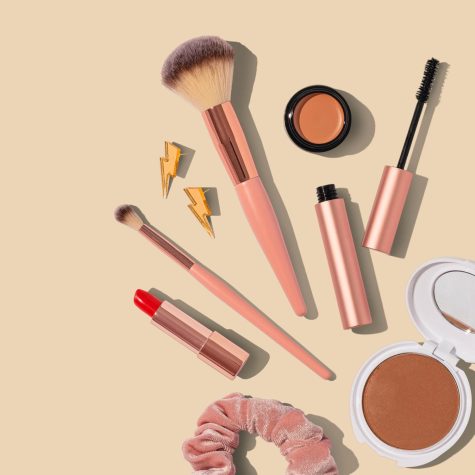 This has grown to be an issue as some individuals would rather lie about a product saying it is good if they were to receive money from its company.
This has grown to be an issue as some individuals would rather lie about a product saying it is good if they were to receive money from its company.
Though I do agree that it is up to the viewers to make their own judgment about the product, the purpose of putting out those videos is to persuade the audience by telling the truth. It can be evident that honesty is a critical factor for consumers. Most people who watch the videos don’t suspect it to be a lie. As I have noticed, videos typically begin with the person facing the camera with the name-product in hand and taking their opinions on that product. Recently the videos have had a rushed feeling, with the influencers now talking beginning very close up to the screens and stating“ Go buy this right now,” or “This is now the best product I’ve ever seen”. With the excitement the viewer feels from the video, they will likely also purchase the product. I believe that influencing started out genuine, but due to the involvement of payments, it became fabricated.
Though because of this drastic change, more people online have created the act of “de-influencing,” which provides cheaper alternatives for products that may work better. “Calling out trendy products that aren’t worth the cash amid a moment of economic turmoil” is what the Los Angeles Times stated. The authenticity of the product’s value lessens as the product becomes too spoken about to the point where it tends to decrease interest. These heavily commercialized posts are now more prone to being scrolled as they no longer represent honest promotions. Paige Pritchard, a spending coach, spoke to clarify the meaning behind de-influencing and stated, “Most of the de-influencing videos show the person suggesting an alternative product to what they don’t like, it’s just influencing under a different lens”. Marketing has changed over time with the rise of social media, and this can be an advantage to some as their products can reach the intended generations. With these videos circulating, the response from the viewers is overconsumption and “growing cynicism towards sponsored content.” It is still too soon to tell whether de-influencing is just another TikTok trend or if it is something that will really last, but what is definitively known is to be more conscious about self-spending habits.

